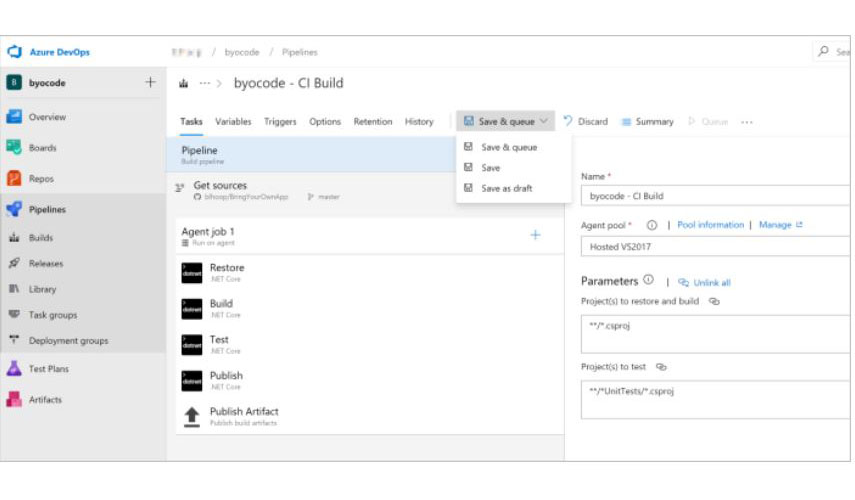Due to complicated labor laws, strict tax restrictions, and a number of compliance requirements, finding top personnel internationally is a difficult task. In an ideal situation, your company’s HR department would undertake these responsibilities and guarantee that you recruit international talent in compliance.
However, hiring across borders requires a multitude of pre-requisites and additional steps. Paying international personnel presents entirely different difficulties than managing them, since timely payroll releases and avoiding double taxation are required.
That is why you require more than just a standard HR setup. It’s time to start smoothly simplifying your administration of foreign employees. This is where a Professional Employer Organization (PEO) and an Employer of Record (EOR) come into play.
PEO & EOR – what are they?
When hiring remote teams and managing them, PEO & EOR are common terms that jump around a lot. So what do they mean?
Professional Employer Organization – PEO
A Professional Employer Organization (PEO) offers a comprehensive range of HR services, including payroll processing, foreign transactions, tax preparations, employee incentives, employee benefits, and compliance management.
To manage their employees, PEOs collaborate with a nearby business that is a registered organization. The PEO’s name will appear on the employee’s payment invoice and any HR communication materials.
Employer of Record – EOR
An Employer of Record, is a third party organization that specializes in handling all the legal and operational requirements of building a global workforce for its client companies, like management of payroll and taxation, employee benefits, and other such administrative and legal obligations. While a worldwide EOR offers services comparable to those of a PEO, it also assumes all of the workers’ legal obligations. As a result, a company will be able to provide overseas personnel personalized HR services without worrying about compliance.
Thus, EORs are generally more beneficial for small businesses that want to access the global talent pool without having to rely on a local employer to fill open positions.
Difference between EOR & PEO
Onboarding, payroll, benefits, and HR outsourcing are all phrases that are frequently used to refer to PEO and EOR. Although these notions may appear to imply the same thing at first look, there are really many variances. To better comprehend your needs, it is crucial to be aware of these distinctions.
An EOR oversees all aspects of global HR administration for your business, managing legal obligations, payroll and taxation, benefits and all onboarding formalities for your employees throughout the world. A PEO, on the other hand, partners with staffing companies across different countries so as to be able to provide these services.
Let’s discuss the key factors that clearly illustrate the differences among the two methods of global recruitment:
Benefits of PEOs
1. More control with PEOs
The level of control you receive is the main distinction among a Professional Employer Organization and an Employer of Record. While they may both handle your whole HR obligations, a PEO can provide you more operational control. All of your employees will get access to the PEO’s full range of HR operations, including quicker contract creation, designing the ideal employee benefits package, and facilitating onboarding. They also provide helpful advice that will enable you to decide on the best course of action for your overall HR management.
2. Better payroll compliance with PEOs
It becomes challenging to keep pace with the continuously evolving payroll regulations that exist in different countries around the world. A PEO, on the other hand, has specialists assigned to each nation who closely monitor compliance concerns and make sure you stay within legal regulations as you operate.
Putting together an internal team of legal and financial experts means investment of substantial time and cost in order to hire the professionals, gather the necessary information, construct a suitable system, and carry out on-time compensation for your international staff. Therefore, relying on a PEO in these circumstances is smarter and wiser.
Benefits of EORs
1. Better insurance with EORs
When it comes to insurance, an EOR is a considerably safer option as compared to a PEO. A PEO may advise you to obtain your own insurance if the sector your company operates in has a high incidence of property damage or workplace injuries, but will seldom undertake these duties themselves. An EOR is a preferable choice in terms of managing risk because they assume full responsibility for situations of this kind. Thus, for high risk industries, an EOR is a much better option.
2. Better hiring with EORs
When you choose an Employer of Record, you are relieved of the burden of establishing a company and a local bank account in the nation where you wish to hire personnel. In any nation, the EOR may serve as your local entity. This still holds true if you wish to simultaneously hire additional employees from 10 different nations. The quantity has no bearing at all, provided your EOR partner has a presence in the country.
So, which should you choose?
Knowing the difference is crucial, but when choosing between EORs and PEOs, knowing your use-case is more important. Consider these questions before selecting your choice:
- How big is your workforce?
An EOR is a common option if you want to recruit a small number of people in a country, irrespective of whether you possess a formal organization. However, the cost often rises when you recruit more personnel from a nation with a high level of talent. So, if you need to employ a large number of professionals quickly, a PEO is your best bet.
- Do you own a local entity in the country of hiring?
If you don’t possess a legal business in the employee’s nation, your sole option is an EOR. Different nations have different levels of legal entity formation complexity, taxation requirements and employer compliances. Therefore, if you decide to use a PEO, you must take into account the time and money you have available.
- Are you hiring contractors, temporary employees or full time employees?
Typically, when working with interim and contractual personnel, firms opt for an EOR. This is due to the fact that EOR offers the crucial HR solutions that are ideal for contract employment. On the other side, a PEO offers you access to all of its services, which improves your management of full-time staff.
There is no immediate result that quantifies one as better. Surveys say businesses relying on PEOs have increased hiring by 7%. Other studies say the EOR market will be valued at nearly USD 7,000 million by 2028 at a CAGR of 6.9%!
Each expansion into a new overseas market has its own set of complications that need an expert staff. At Talent500, we understand that the transition to location independent working is a multi-layered process involving numerous stakeholders and factors. Our team of experts and network of highly skilled professionals are here to help you build your global team in over 50 countries. Ready to take the first step? Set up a consultation with our team here.







